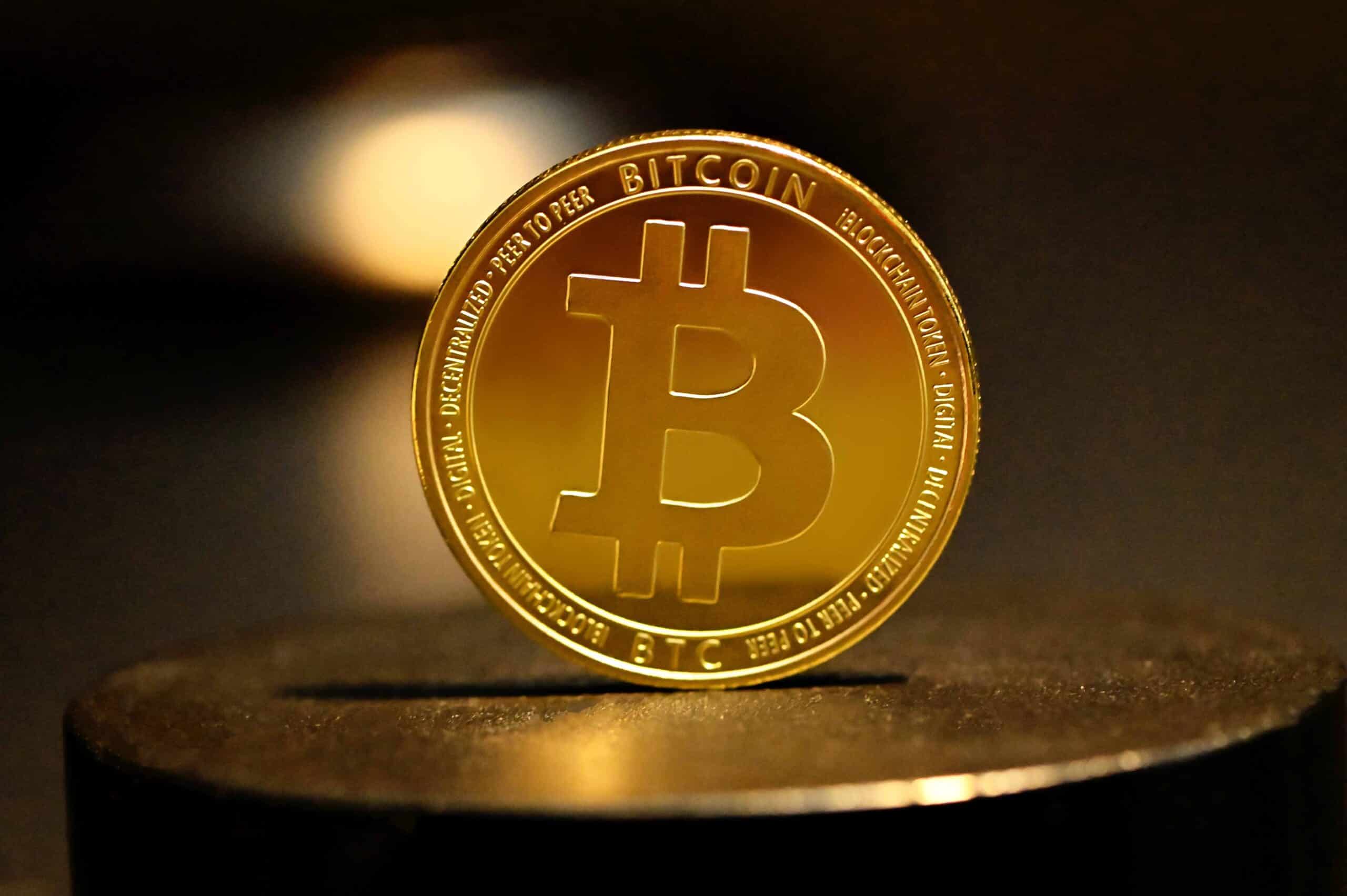Lightning Labs Releases Taproot Assets for Atmosphere pleasant Minting of Tokens on Bitcoin

Amid the surge in BRC-20 transactions on the Bitcoin blockchain, Lightning Labs believes its original solution is “unequivocally a larger solution” to minting sources with out clogging up the blockchain.
In an announcement on Tuesday, Lightning Community infrastructure company Lightning Labs unveiled “Taproot Assets,” a rebranded model of “Taro” which had resulted in a trademark infringement lawsuit in August.
Calling all bitcoin and Lightning ⚡️ developers to test the code and commence building on Taproot Assets! Now with:
📝 vPSBT give a rob to for ship and acquire
🌌 Universe APIs for asset discovery
🍀 Multi-asset transactions to assign chain spacehttps://t.co/4VVTfVk5YK— Lightning Labs⚡️🍠 (@lightning) Would possibly perchance additionally 16, 2023
Taproot Assets is a original tool update that is designed to operate maximally off-chain to retain away from blockchain congestion nonetheless enables customers to mint “an unbounded collection of sources” in a single on-chain transaction.
Just a few of the core parts of the upgrade, rather then on-chain issuance, encompass the transfer of tokens, and discoverability on the testnet with mainnet integration quickly to appear at.
“While the buzz round building on bitcoin is encouraging, the associated price market’s response has indicated that these protocols must not designed for scale,” stated Lightning Labs in a weblog put up, seemingly relating to the surge in tokens minted the usage of the BRC-20 token same old.
The community congestion triggered by the mass minting of BRC-20 tokens, which surpassed $1 billion in market cap closing week, resulted in current criticism from several Bitcoin proponents. In spite of everything, some core Bitcoin developers are basically deliberating on whether to delete non-same old Taproot transactions altogether.
However, the pass drew criticism from advocates of the Bitcoin Ordinals protocol, who opined that altering Bitcoin’s code to reject these transactions goes against the censorship-resistant suggestions that the community stands for.
Taproot Assets’ original manner of minting sources is mostly a cheerful compromise for parties in both camps. As Lightning Labs identified, the creator of the BRC-20 token same old “Domo” had previously called Taproot Assets a “better solution.”
Source credit : unchainedcrypto.com
